Looking for the best anime with god-tier animation? Dive into six visually breathtaking anime full breakdowns of style, standout scenes, why they matter, and what to watch next. Detailed, emotional, and SEO-optimized for fans and newcomers alike.
Animation can be simple spectacle or it can be transcendence. The difference between “very pretty” and god-tier animation is how every frame becomes an emotional instrument: lighting that speaks, motion that feels alive, and design choices that lodge inside your chest long after the credits roll. Below I take you on deep, detailed tours through six anime whose visuals don’t just tell story — they transform it.
Each entry includes: what makes the animation exceptional, technical and artistic highlights, standout scenes to watch (and why), emotional impact, who will love it, and a short recommended starting point. Read on, bookmark a few, and get ready to pause, rewind, and stare.
1. Demon Slayer (Kimetsu no Yaiba) — Flowing Paint and Sword-Ballets
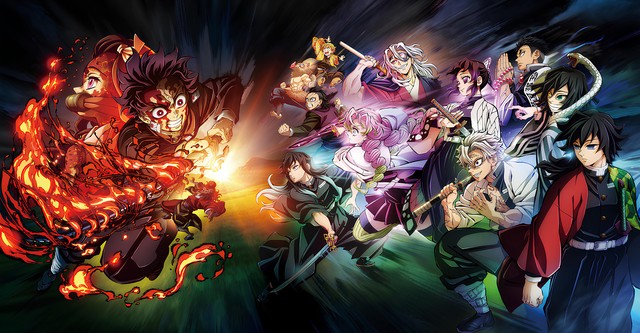
Why it’s on this list
Demon Slayer is the modern posterchild for god-tier anime because it blends traditional 2D craftsmanship with painterly CGI and effects in a way that feels seamless, not jarring. Battles look like paintings come alive.
Studio & visual DNA
Ufotable treats a single fight like a short film. They layer hand-drawn key frames with 3D camera moves, painterly textures, and specialized particle effects (water, fire, breath) that have their own choreography. The color palettes shift by technique: soft aqua for water-breathing, incandescent crimson for flame styles — each stroke communicates personality.
Standout scenes & why they matter
- Hinokami Kagura (Episode 19) — a single, emotional sequence that alternates between intimate closeups and widescreen swordwork. The shots feel choreographed like a dance; each fluid cut raises stakes until your throat tightens.
- Mugen Train sequences (movie-level scenes) — long takes, dynamic perspective shifts, and light that behaves like another character.
Animation techniques to notice
- Painterly effects overlaying hand-drawn motion, giving each strike texture like oil on canvas.
- Dynamic lighting that sculpts faces in real time, making expressions read in micro-moments.
- Strategic use of slow motion and stretched timing to dramatize impact without losing kinetic energy.
Emotional impact
The visuals amplify character emotion. When Tanjiro grieves, the air itself seems to bend; when he strikes, you feel the memory-driven purpose. The animation never overshadows emotional beats — it magnifies them.
Who should watch
Fans of high-impact action who also crave character-driven stakes. If you want jaw-dropping fight animation wrapped in heartfelt storytelling, this is essential.
Where to start
Begin with Season 1 Episode 19, then binge the first season and the Mugen Train arc for full scope.
2. Violet Evergarden — The Art of Feeling in Every Frame
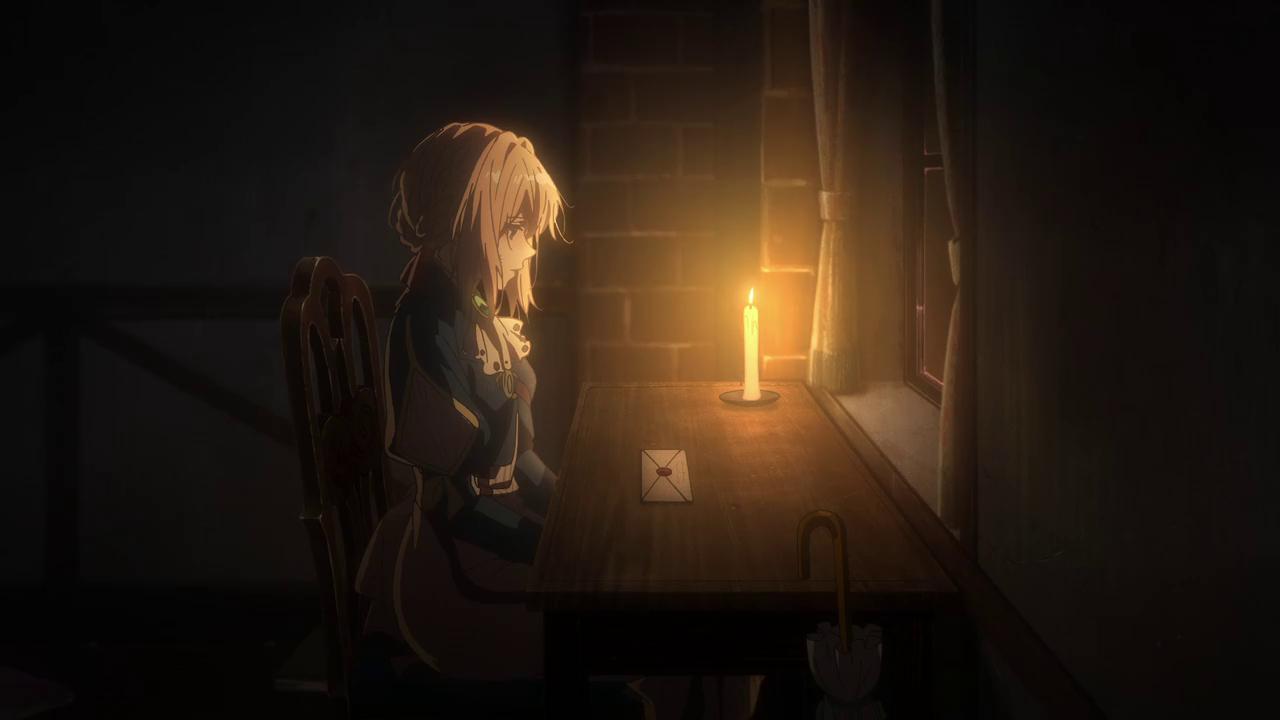
Why it’s on this list
Violet Evergarden is god-tier precisely because it treats subtlety like a superpower. The animation excels in conveying tiny human emotions through textures, lighting, and movement.
Studio & visual DNA
Kyoto Animation builds its craft around realism married to lyricism. Backgrounds are lush and tactile; hair moves differently depending on emotion; glass refracts memory. The studio’s obsession with small gestures — the tremor of a pen, the slow exhale of breath — elevates the medium.
Standout scenes & why they matter
- Violet reading letters she wrote — the motion is slow and intimate: fingers pausing, eyelids flicker, tears refract light. The camera lingers like a person learning someone’s heartbeat.
- Scenery transitions — sunlight and rain are rendered with such specificity that seasons feel like characters.
Animation techniques to notice
- Micro-expressions animated across hundreds of subtle frames.
- Lighting as language: warm tones for connection, washed blues for isolation.
- Photorealistic backgrounds that balance against slightly stylized character art, creating emotional focus.
Emotional impact
This show is an exercise in empathy. The animation invites you to inhabit Violet’s silences and see the world blossom around her as she learns language beyond words.
Who should watch
If you want anime that feels like a slow, emotional novel — where visuals do the heavy lifting of heartache and healing — start here.
Where to start
Episode 1 sets the tone, but episodes 4–6 are where the studio’s visual subtlety powers the narrative most potently.
3. Jujutsu Kaisen — Chic Curses, Explosive Motion
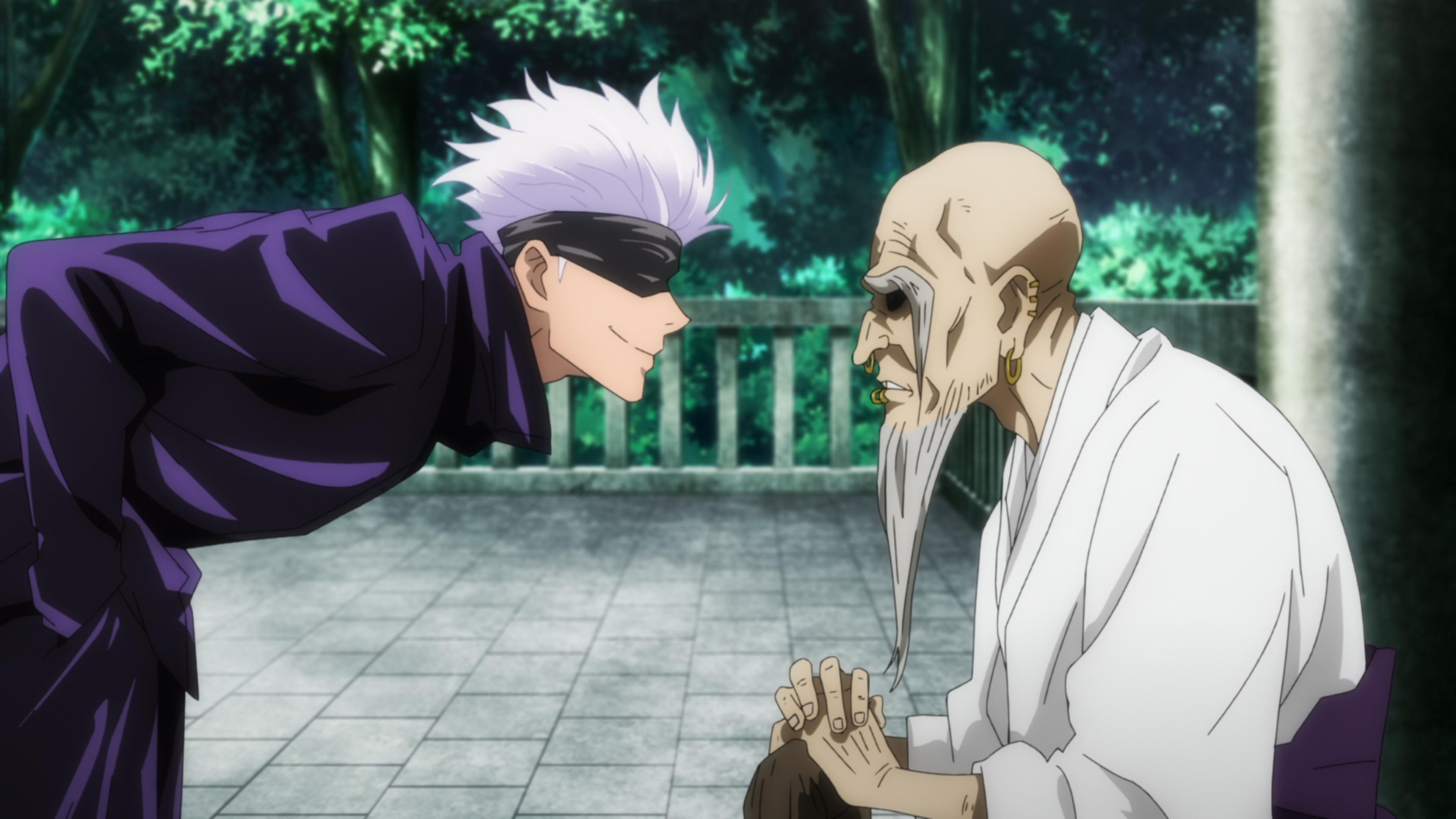
Why it’s on this list
Jujutsu Kaisen combines slick modern action with horror-tinged visuals and expressive character animation. It’s god-tier for fight clarity and kinetic energy.
Studio & visual DNA
MAPPA delivers crisp, high-energy animation with bold keyframes and dynamic camera work. The fight choreography focuses on readable poses and expressive timing, making every blow legible and satisfying.
Standout scenes & why they matter
- The fight between Gojo Satoru and Jogo — showcases contrast: serene Gojo animation vs. monstrous Jogo chaos. The tension is in how stillness meets motion.
- Finales of major fights — careful camera pivots, layers of effects, and impactful silence before the strike.
Animation techniques to notice
- Heavy reliance on contrast: areas of immaculate detail against deliberate, rough strokes to sell impact.
- Strong use of motion blur, smear, and frame-skipping for speed while preserving spatial awareness.
- Character-specific animation languages: e.g., Gojo’s calmness animates differently than the panicked, jagged movement of cursed spirits.
Emotional impact
The visuals make power feel tangible and personal. When a character struggles, the animation squeezes and stretches their presence so you feel both beauty and danger.
Who should watch
If you love modern shonen with cinematic fights and stylish visuals, this is tailor-made.
Where to start
Season 1 and the movie Jujutsu Kaisen 0 (if you want a polished entry) are ideal starting points.
4. Attack on Titan (Final Season) — Epic, Gritty, Cinematic

Why it’s on this list
This series proves god-tier animation isn’t always glossy; sometimes it’s raw, kinetic, and devastating. The animation complements the narrative’s moral complexity.
Studio & visual DNA
Across studios (WIT Studio to MAPPA), Attack on Titan evolved into a cinematic beast. The final season leans into darker palettes, grittier textures, and massive scale without losing human focus.
Standout scenes & why they matter
- Declaration of War & Rumbling sequences — large-scale motion, camera sweeps, and the animation of colossal weight make world-shattering events feel physically oppressive.
- Personal closeups — in quiet moments, subtle facial shifts convey trauma; in battles, ragged animation sells panic and survival instinct.
Animation techniques to notice
- Scale choreography: animating tiny humans against mountainous Titans requires impeccable staging.
- Textural rendering — grime, ash, and blood are animated with tactile intent.
- Interplay of 2D characters on expansive 3D backgrounds to sell depth.
Emotional impact
The visuals make political and ethical turmoil visceral. The animation underscores the series’ central questions: What happens when survival becomes monstrous?
Who should watch
Viewers who want large-scale stakes and animation that supports harrowing, emotional storytelling.
Where to start
Begin at Season 3 Finale into the Final Season for context; the payoff is strongest when you see the progression.
5. Made in Abyss — Beautifully Cruel, Visually Unsettling
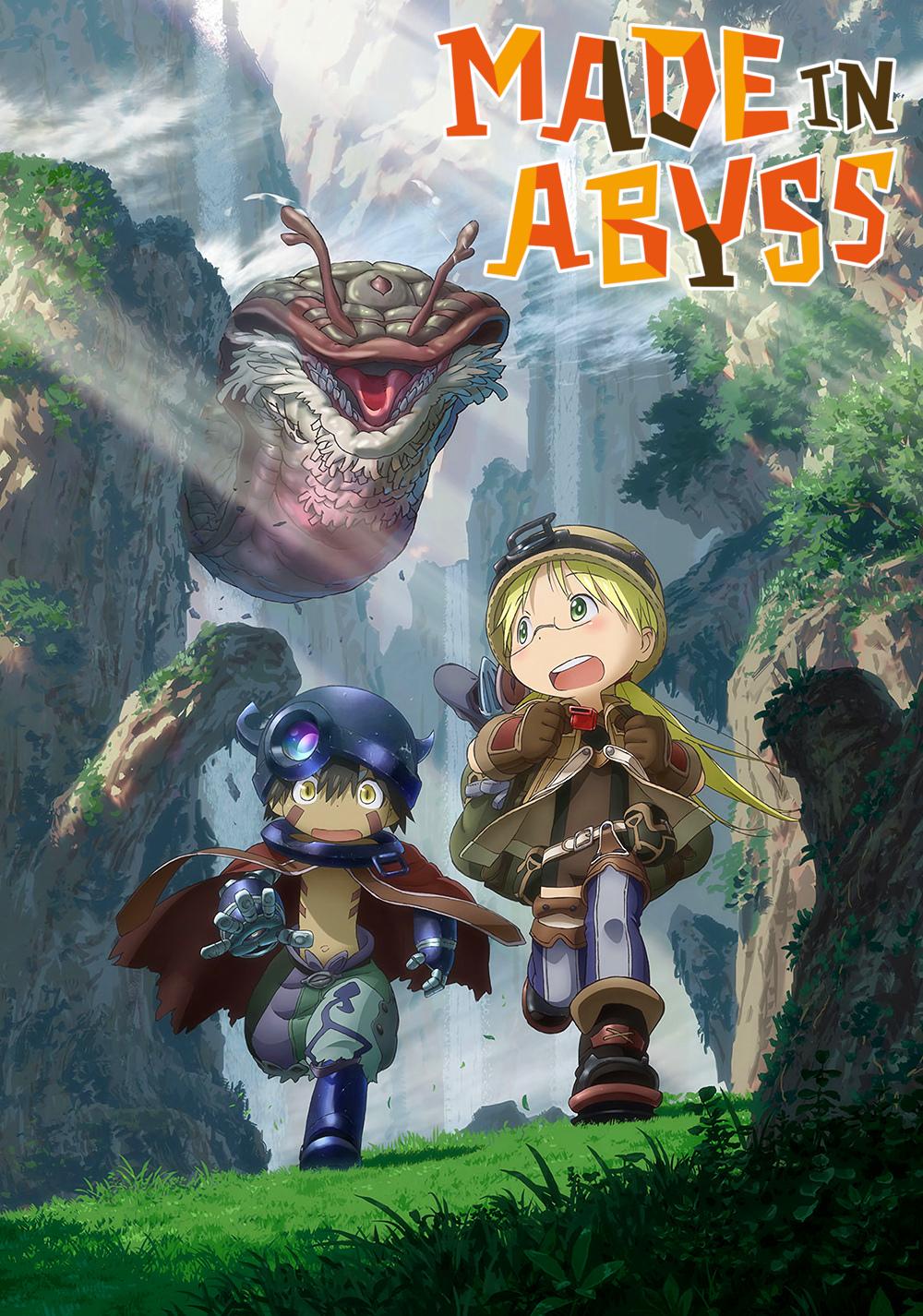
Why it’s on this list
Made in Abyss is god-tier because it marries adorable character design with some of the most harrowing worldbuilding animation in modern anime. The contrast is deliberate and devastating.
Studio & visual DNA
Kinema Citrus crafts a lush, layered Abyss: flora, fauna, and pressure changes animate with ecological realism. Yet the characters retain a childlike aesthetic — increasing emotional dissonance.
Standout scenes & why they matter
- The Curse sequences — as the protagonists descend, the animation shifts from bright wonder to grotesque body horror. The visual transition is gradual and gutting.
- Creature designs — aliens and Abyss beasts move with uncanny biological logic; you sense musculature and instinct.
Animation techniques to notice
- Mood shifts through color and frame rhythm: fast, bright for surface fun; slow, staccato for descent horrors.
- Detailed environmental animation — falling dust, pressure distortions, and light refracting through strange ecosystems.
- Juxtaposition of cute character motion against gruesome backgrounds for emotional contrast.
Emotional impact
This series is emotionally brutal. The beauty of the art makes the suffering hit harder; you feel betrayed by the world’s loveliness because it conceals danger so well.
Who should watch
Not for faint hearts. If you want a visually gorgeous show that also unnerves and challenges emotionally, this is a must.
Where to start
Season 1 lays the foundation; the movie arcs continue the descent into heavier territory.
6. Land of the Lustrous — Shimmering 3D That Feels Alive
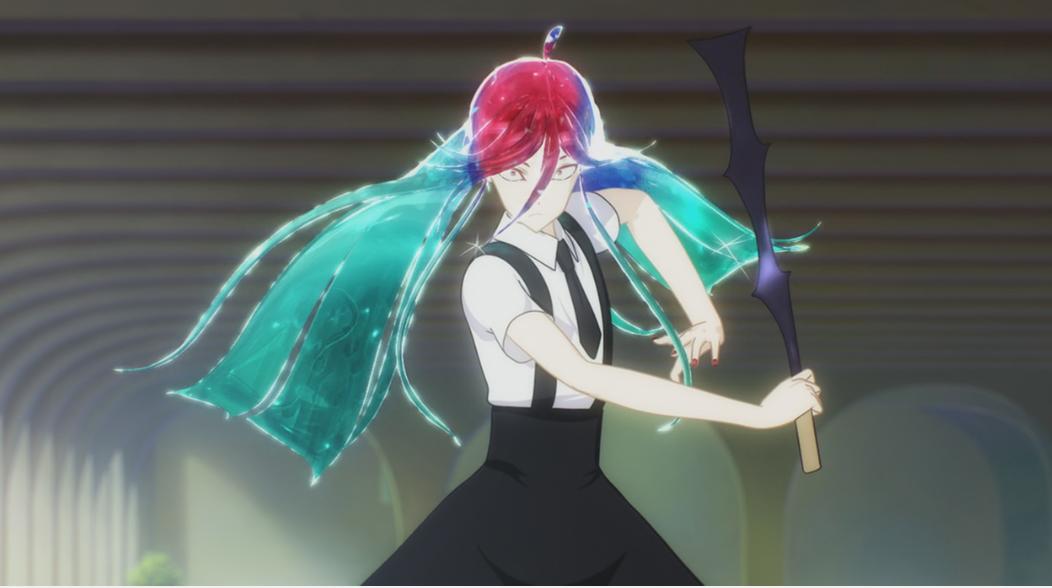
Why it’s on this list
Land of the Lustrous is god-tier for turning 3D CGI into something tactile, emotional, and unlike most anime. Its sheen and choreography are mesmerising.
Studio & visual DNA
The anime uses CGI not as a crutch but as a stylistic choice. Gem-like characters refract light in unique ways; motion is smooth, elastic, and often dance-like. The textural rendering makes surfaces feel like carved crystal.
Standout scenes & why they matter
- Shimonami battles — fights look like ballets of light: every spin refracts the environment.
- Introspective solos — moments of quiet use slow motion and specular highlights to create meditative beauty.
Animation techniques to notice
- Specialized shaders that mimic gem refractive indices, creating convincing brilliance.
- Camera choreography: long, flowing takes that emphasize 3D space and trust viewer perspective.
- Expressive 3D rigging: facial and micro-movement animation that retains emotional clarity despite the stylized models.
Emotional impact
The show’s aesthetic makes even existential loneliness feel gorgeous. The animation turns isolation into a thing of fragile beauty, amplifying the story’s melancholy.
Who should watch
Lovers of experimental animation, 3D pioneers, and anyone who enjoys artful, contemplative anime.
Where to start
Watch the entire single season as it’s tightly woven; episodes are short but dense.
Why These Six? — A Quick Comparative Snapshot
- Demon Slayer — Battle as ballet: painterly effects + emotional immediacy.
- Violet Evergarden — Micro-motion mastery: subtlety as catharsis.
- Jujutsu Kaisen — Modern shonen spectacle: clarity + style.
- Attack on Titan (Final Season) — Scale and grit: cinematic world-shattering animation.
- Made in Abyss — Beautiful cruelty: contrast of cute and grotesque.
- Land of the Lustrous — CGI as poetry: shimmer, dance, emotion.
Each of these titles earns “god-tier” by doing one thing exceptionally: pushing the craft of animation to serve emotion. They differ in palette and approach, but all make you feel, viscerally.
How to Watch for Maximum Visual Impact (Tips & Setup)
- Use a good screen — color-accurate displays or TVs with HDR reveal subtle lighting and color grading.
- Turn off auto motion smoothing — you want the frame work the animators intended.
- Watch in sequence — certain scenes rely on prior visual language; context helps.
- Rewind and slow down — pausing a keyframe shows artistry you’d miss on a first watch.
- Use lossless or high-bitrate streams — compression can kill subtle textures and effects.
FAQs — Your God-Tier Animation Questions Answered
Q1: What counts as “god-tier” animation?
A1: It’s more than slick frames — god-tier animation consistently uses art direction, motion, lighting, and timing to heighten emotion and storytelling across the series or film.
Q2: Are these shows animation-first and story-second?
A2: No — the best examples (above) integrate visuals and narrative so they lift each other. The animation amplifies character and theme rather than overshadowing them.
Q3: Is CGI a dealbreaker for god-tier quality?
A3: Not at all. CGI done thoughtfully (e.g., Land of the Lustrous) can be transcendent. It’s about intent and execution, not the tool.
Q4: Which show should I watch first if I want to be wowed immediately?
A4: Demon Slayer Episode 19 will likely leave you stunned. For emotional subtlety, start with Violet Evergarden Episode 1.
Q5: Will watching these help me learn animation?
A5: Absolutely — study frame composition, timing, and how motion supports emotion. Pause and sketch key frames if you’re learning.
Q6: Where can I stream these?
A6: Availability varies by region, but major platforms (Crunchyroll, Netflix, Hulu, and specialized services) commonly host these titles.
Final Thoughts When Animation Moves the Soul
Animation becomes “god-tier” when it stops being decoration and starts being meaning. The six anime above are proof: through deliberate color, movement, and design, they make feelings visible. They make violence feel heavy, silence felt, and grief visible as a change in light.
If you watch only one of these this week, choose the one that matches the mood you want to feel: awe, sorrow, adrenaline, or quiet. Then go back and watch another, and another. The best part of great animation isn’t that it looks beautiful; it’s that it changes the way you see the world for a little while.
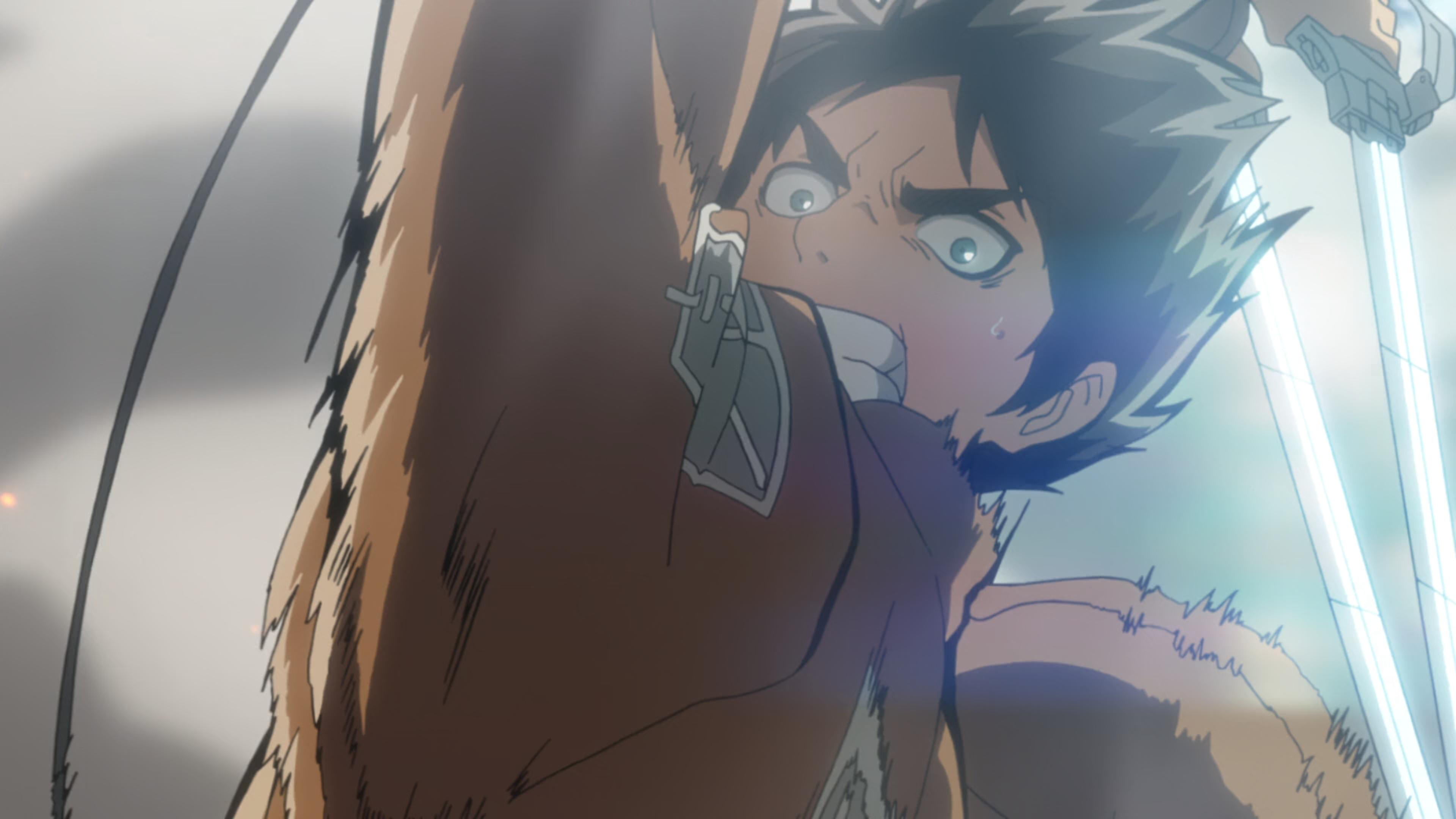

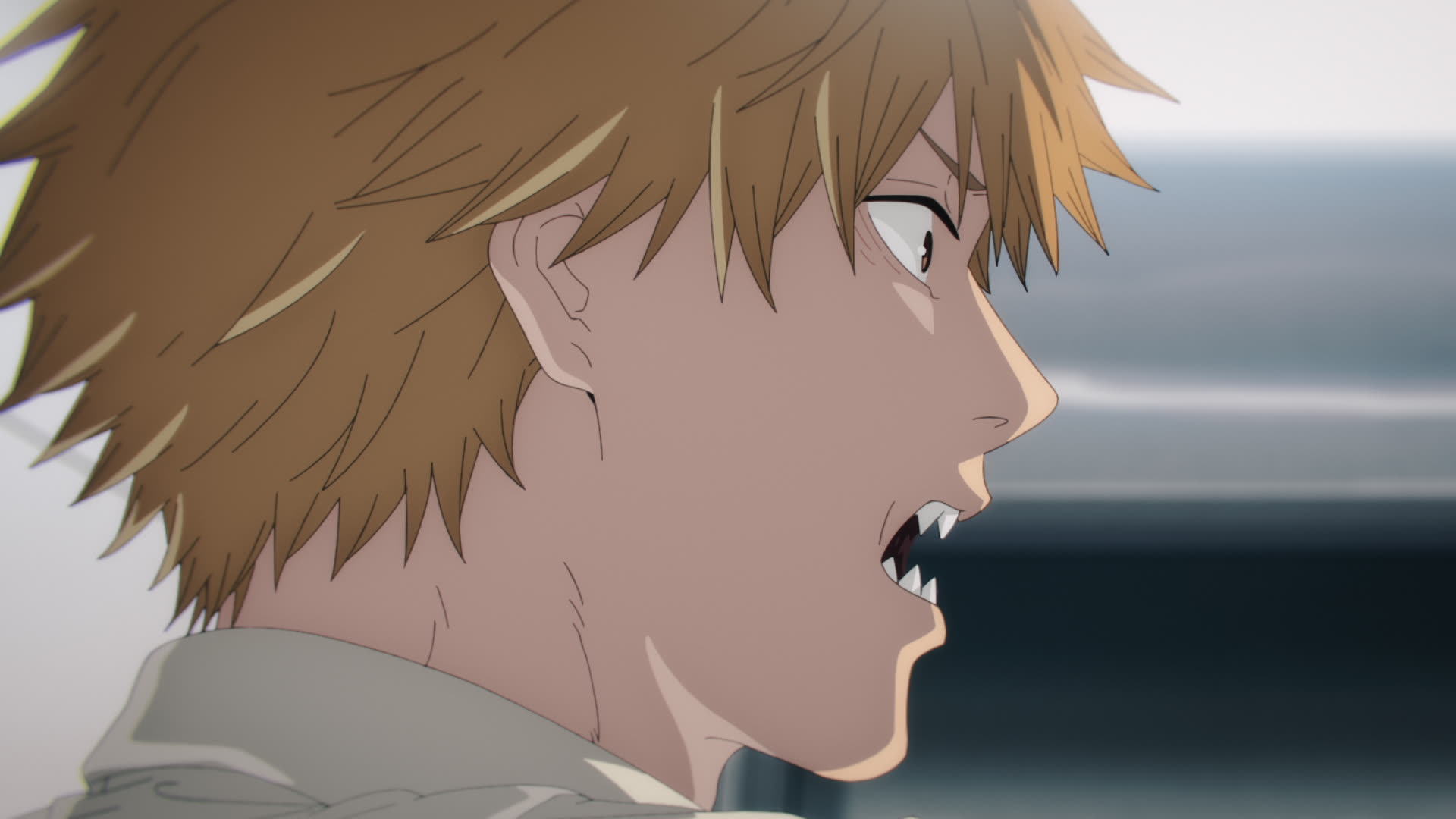
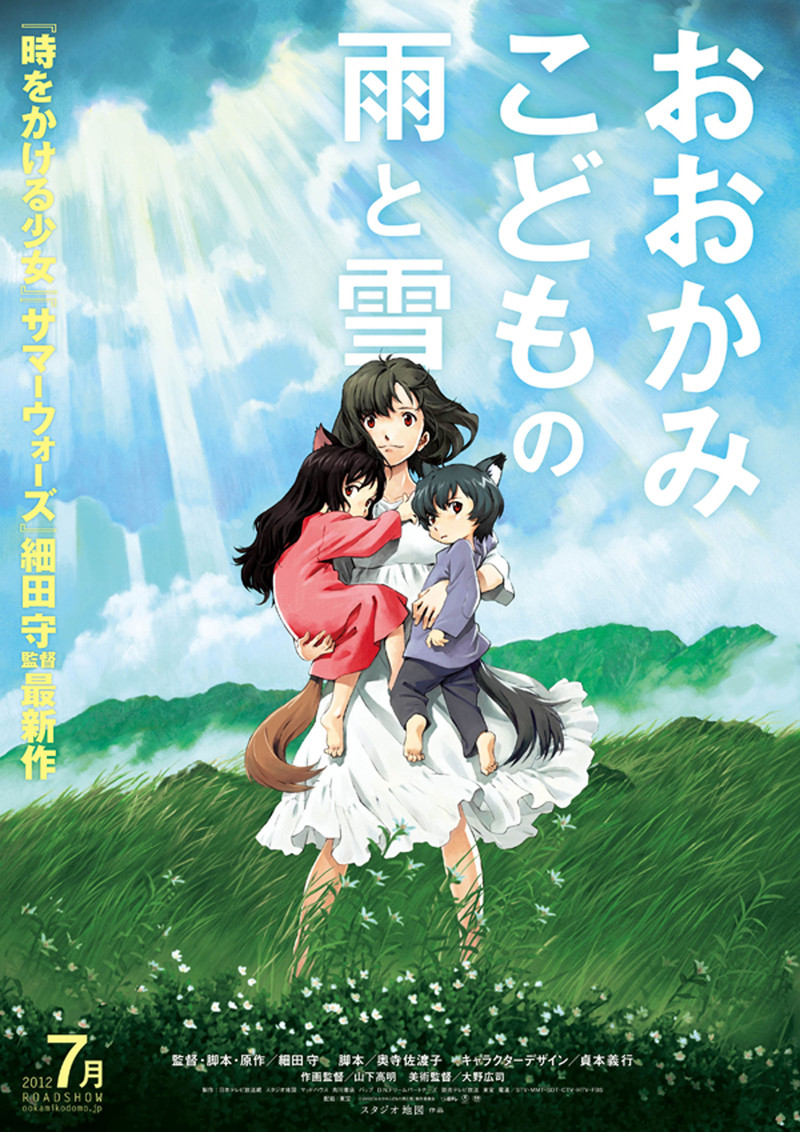

One thought on “Best Anime With God-Tier Animation. 6 Deep Dives You Can’t Miss”